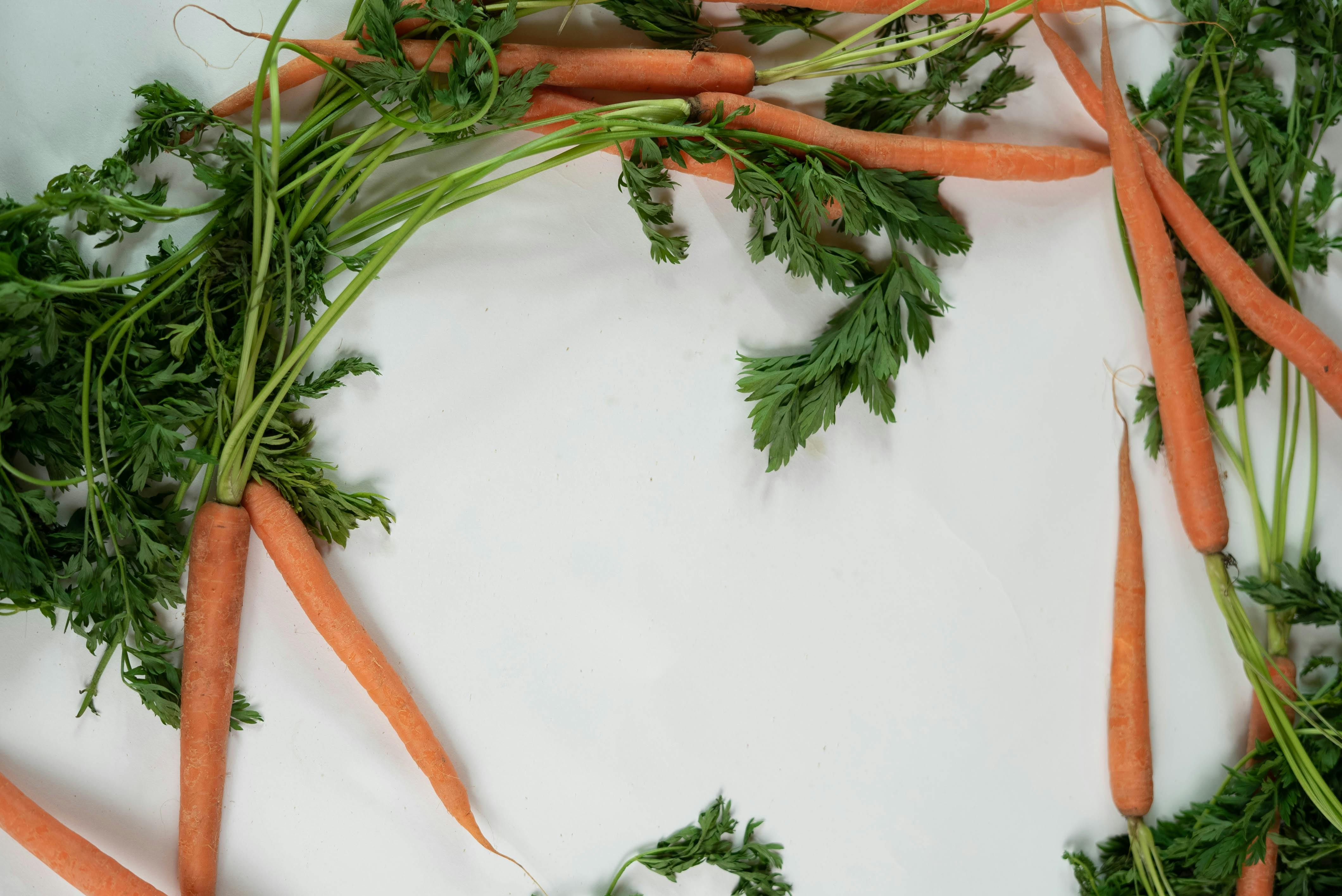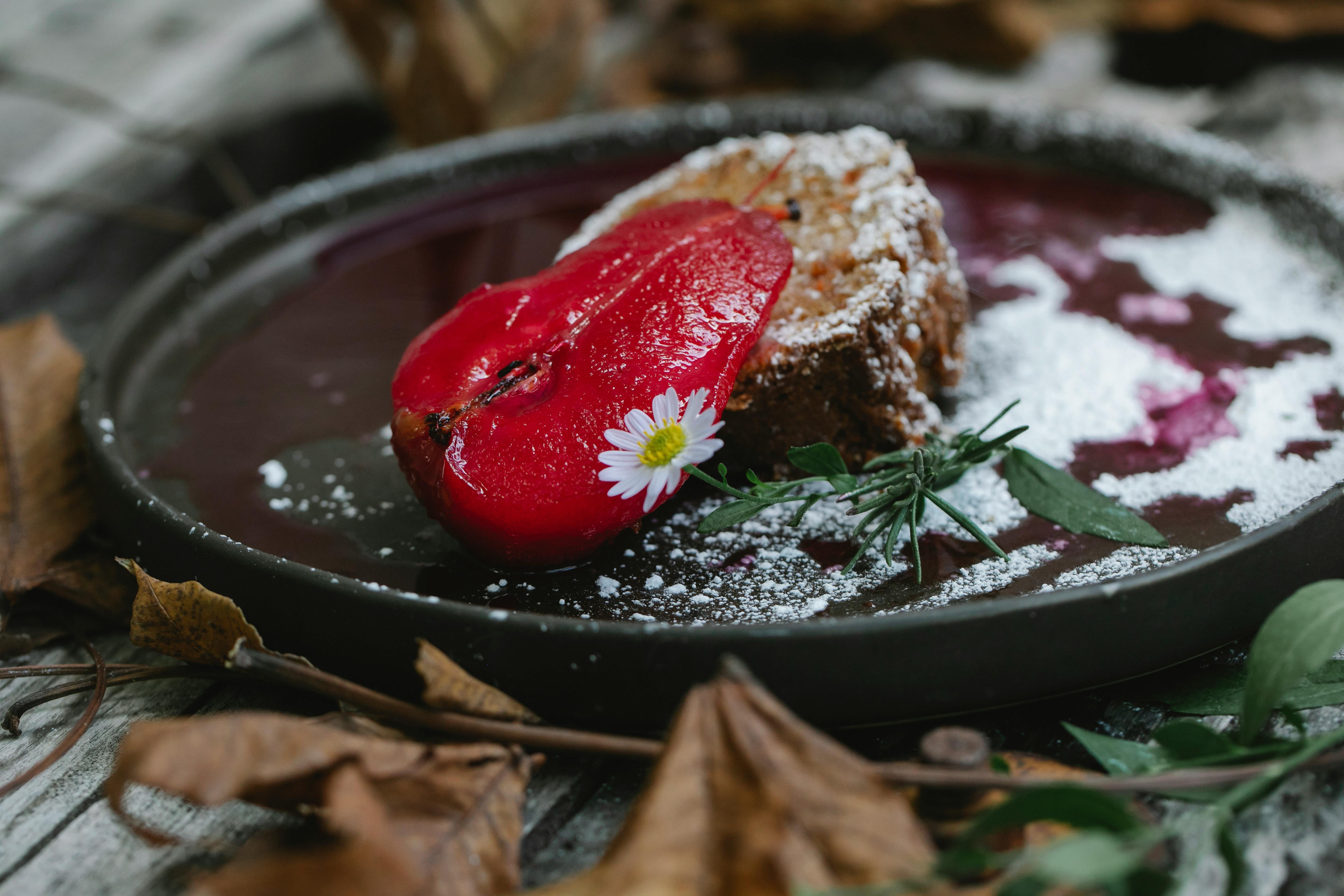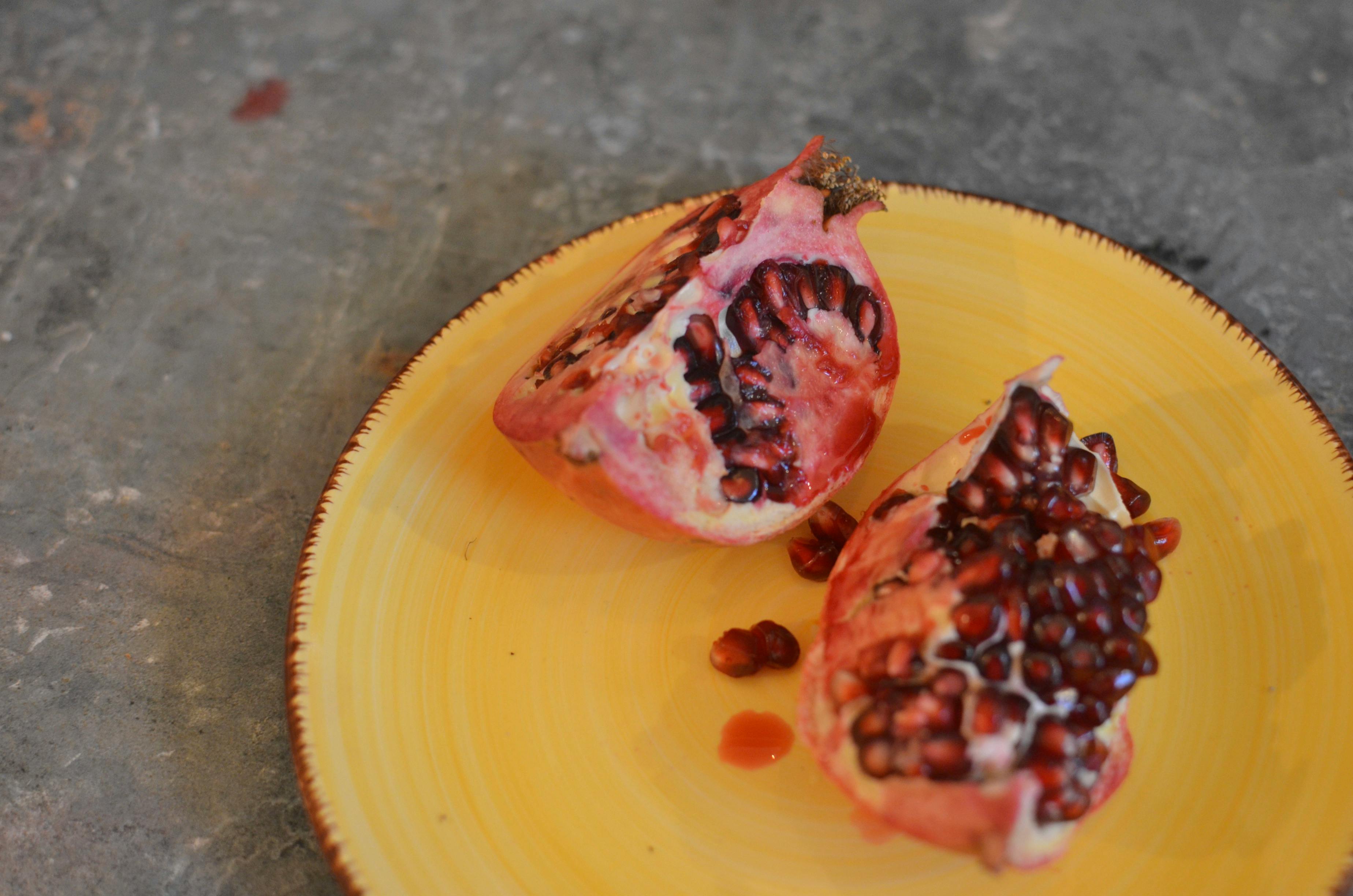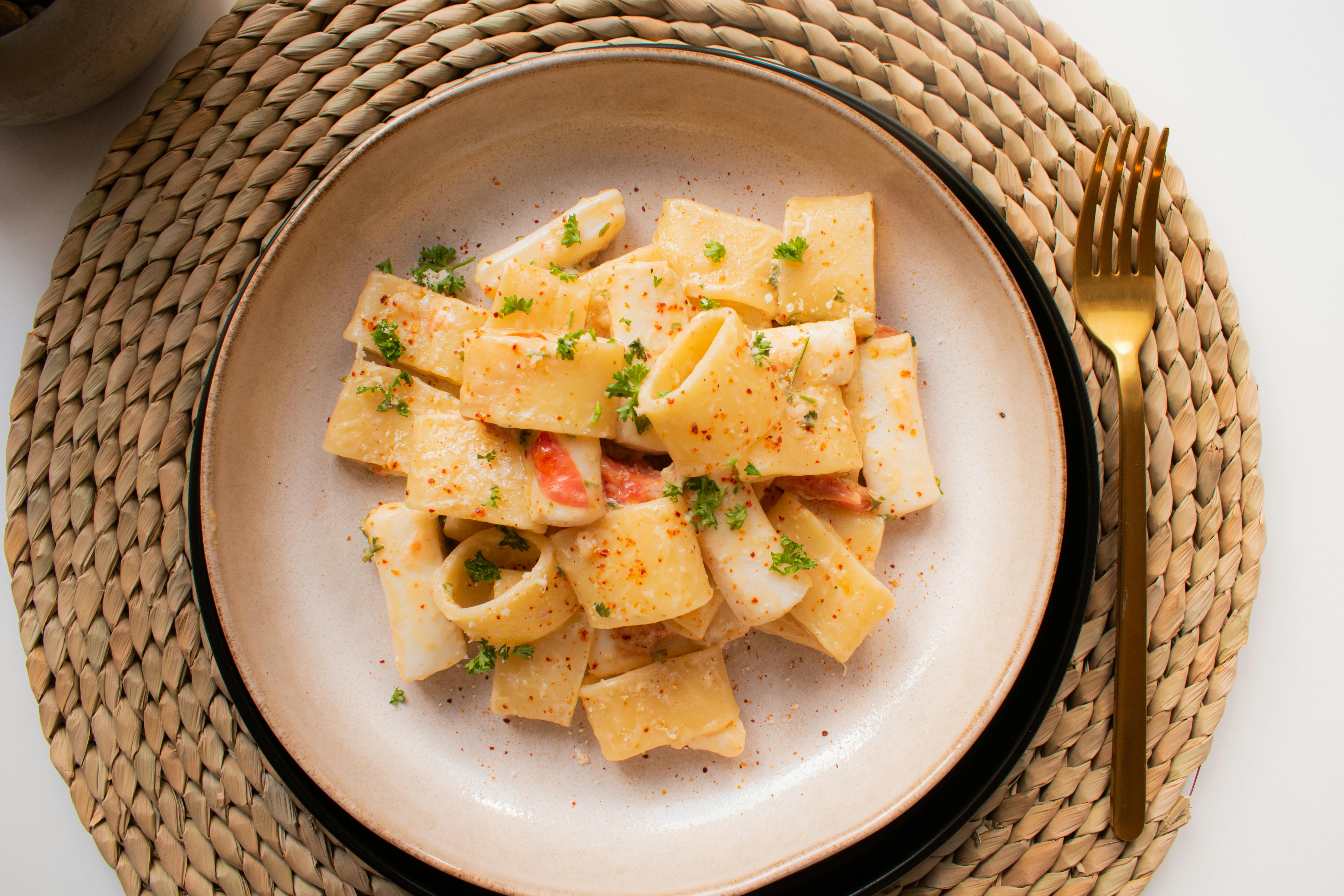Plastic manufacturing has become one of the largest industries today. From packaging material to heavy-duty industrial parts, the uses of plastic are widespread. To a general observer, most types of plastic materials may look the same. However, their core material and plastic manufacturing processes can vary greatly. Below are some of the plastic manufacturing processes and their advantages.
Injection molding
Injection molding is one of the most popular methods used by plastic manufacturers. The biggest advantage of Plastic Molding is in its profitability. Plastic manufacturing companies can produce goods on a large scale at the lowest costs. It also produces the least amount of waste and is therefore an ideal process for plastic manufacturing companies. From small kitchen appliances to large toilets, this process is suitable for the manufacture of all types of Plastic Profiles.
The process
The process is very simple. The resins are heated to their melting point. They are then pushed into the mold. The molten plastic is pressed to take the shape of the mold. It is an ideal process to manufacture a large amount of material at low cost. However, preparing the mold is very expensive. This process would not be feasible if the quantity of goods required is low.
blow molding
This is a highly adaptable process used in the Plastics Industry. It is commonly used for the manufacture of bottles, containers and other types of hollow parts. It is a quick and inexpensive process for making thin-walled hollow shapes. You can get complex shapes through this process.
The process
Air pressure is used in this process to expand the molten thermoplastic into the desired shape. It is a good process to obtain seamless hollow shapes.
Custom Plastic Extrusion Molding
Custom plastic extrusion is an ideal method to obtain tight tolerance plastic profiles. You can work with a variety of materials and shapes in the custom plastic extrusion method. Accuracy and consistency are the biggest points in favor of this method.
The process
Plastic resins are melted and passed through a die. You can get fixed plastic shapes with desired ID and OD. You will also have complete freedom to choose the shape and size of the material. The process uses dies and tools and is therefore very economical if the order quantity is high. Preparing the dies and tools is expensive and therefore may no longer be a feasible option if the order size is small. However, if accuracy and consistency are your main requirements, then this process is for you.
rotational molding
The rotational molding method is also used to make hollow objects like blow molding. However, the raw material used in this process is different. It uses plastic powder instead of plastic resins. Nylon, ABS, polyethylene, and PVC are some of the common materials used in this process. This is an ideal process if you are trying to create large, hollow, or concave shapes. Produce seamless, stress-free finished products. The process uses simple and inexpensive tools, however, the tools must be replaced frequently. The quality of the finished products obtained through this process is average and it is not an ideal process for precision forming.
The process
In this process, plastic powder is placed in the mold and heated in an oven. Once hot, the mold rotates continuously to facilitate complete coating of the interior of the mold. Once done, the mold is removed and cooled in a controlled environment. Both the heating and cooling processes must be controlled with great precision, as rapid temperature differences can lead to bubble formation and warping.
Plastic manufacturers also use other methods such as vacuum forming, compression molding, and thermoforming to make plastic profiles. The choice of process largely depends on the type of shape, consistency and quantity required.









